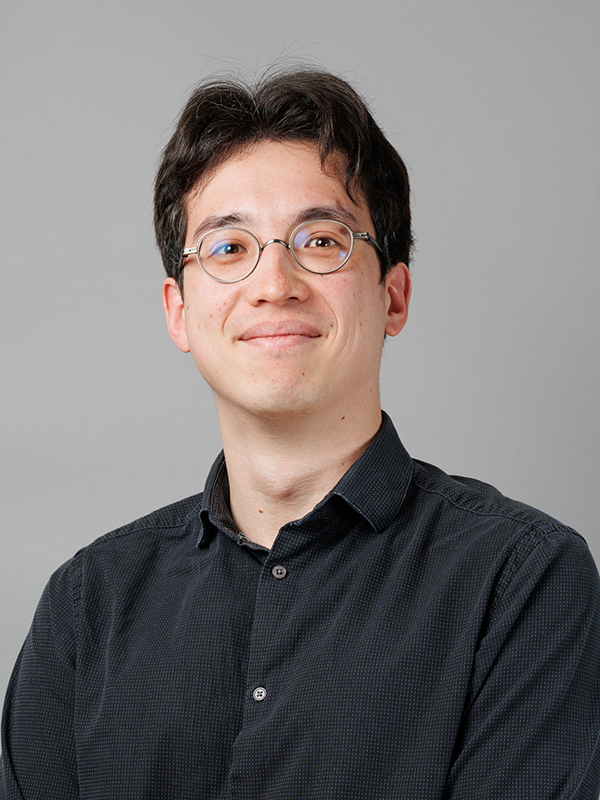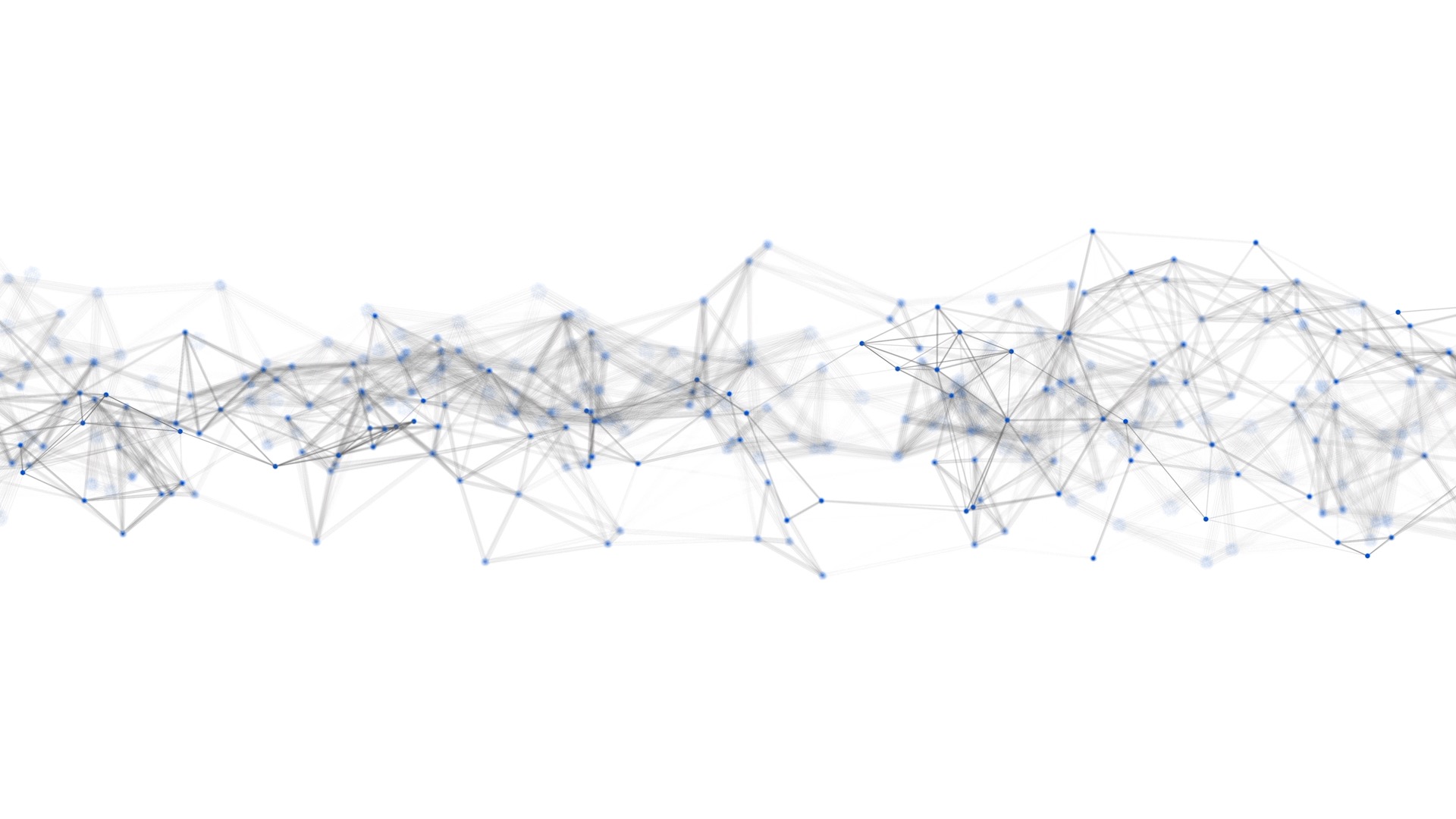
Antoine Diez
| Position | 研究員 |
|---|---|
| 研究グループ | Seirinグループ |
| Research Field | Applied Mathematics |
| ORCID | https://orcid.org/0000-0002-4454-8452 |
| Personal Website | https://antoinediez.gitlab.io/ |
| 着任日 | 2022年5月1日 |
研究概要
Mathematical modelling of emergent phenomena
An important part of my work is devoted to multi-scale models of collective dynamics and in particular on the problem of emergence of self-organisation under various geometrical constraints. I work on both PDE models (with a special focus on kinetic PDEs) and stochastic models and, often, a combination of both. I have a special interest for the study of systems of interacting particles, their scaling limits and their applications from a biological perspective.
More generally, I am interested in mathematical models of self-organisation for life sciences, their rigorous analysis and numerical simulation.
略歴
Antoine Diez obtained his PhD in Mathematics from Imperial College London (2022). Before that, he was a student at the École Normale Supérieure de Rennes (France) from which he graduated with a BSc in Mathematics, a BSc in Physics and where he obtained the French Agrégation. He earned a MSc in Mathematics from the École Normale Supérieure de Lyon (France) (2018). He was appointed as program-specific researcher at ASHBi in May 2022.
論文
L.-P. Chaintron, A. Diez, ‘‘Propagation of chaos: a review of models, methods and applications’’, to appear in Kinet. Relat. Models, arXiv preprint arXiv:2203.00446 and arXiv:2106.14812, 2022.
M. Briant, A. Diez, S. Merino-Aceituno, ‘‘Cauchy theory for general Vicsek models in collective dynamics and mean-field limit approximations’’, SIAM J. Math. Anal. 54(1), 2022.
P. Degond, A. Diez, A. Frouvelle, ‘‘Body-attitude coordination in arbitrary dimension’’, arXiv preprint arXiv:2111.05614, 2021.
A. Diez, ‘‘SiSyPHE: A Python package for the Simulation of Systems of interacting mean-field Particles with High Efficiency’’, Journal of Open Source Software, 6(65), 3653, 2021.
P. Degond, A. Diez, M. Na, ‘‘Bulk topological states in a new collective dynamics model’’, to appear in SIAM J. Appl. Dyn. Syst., arXiv preprint arXiv:2101.10864, 2021.


